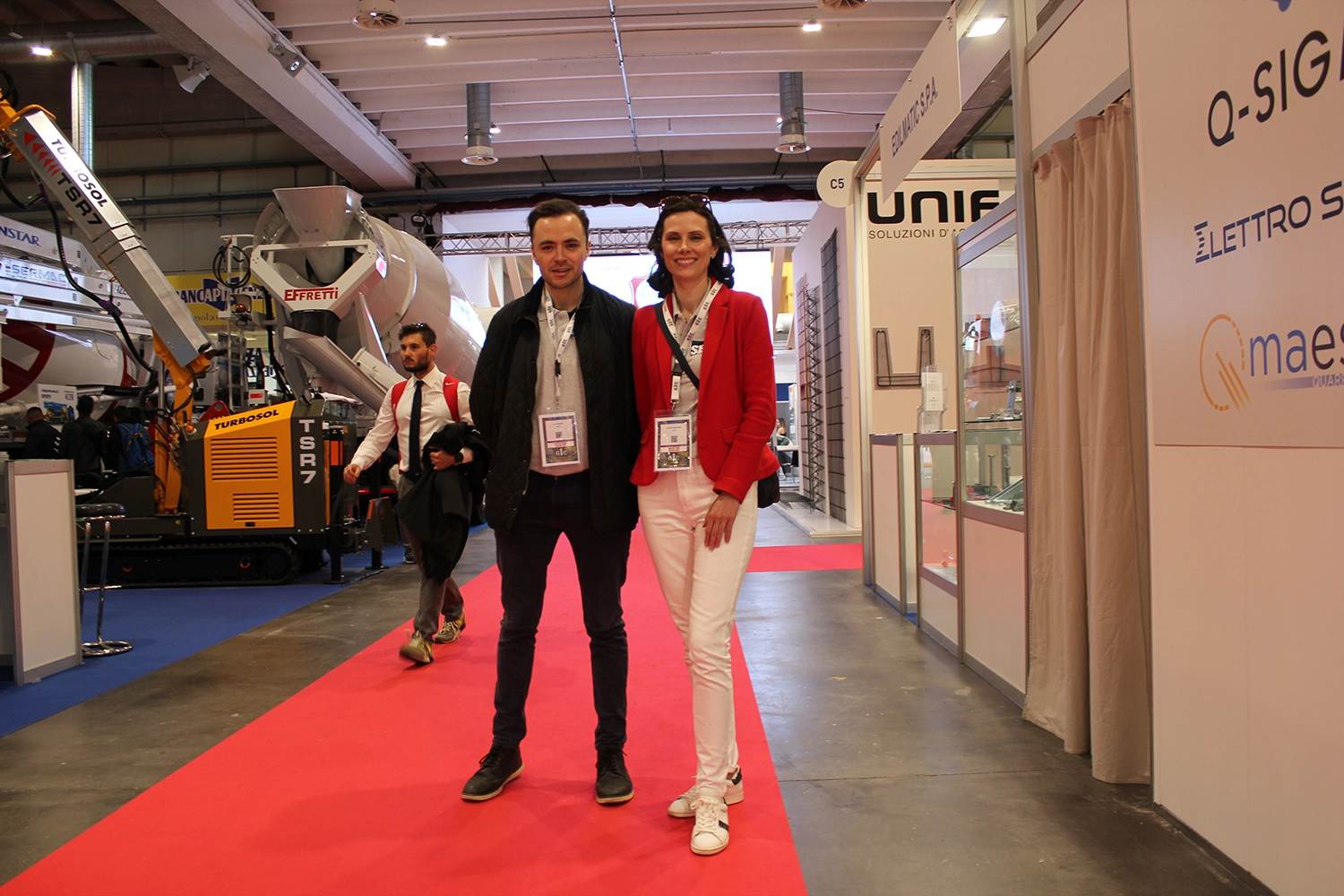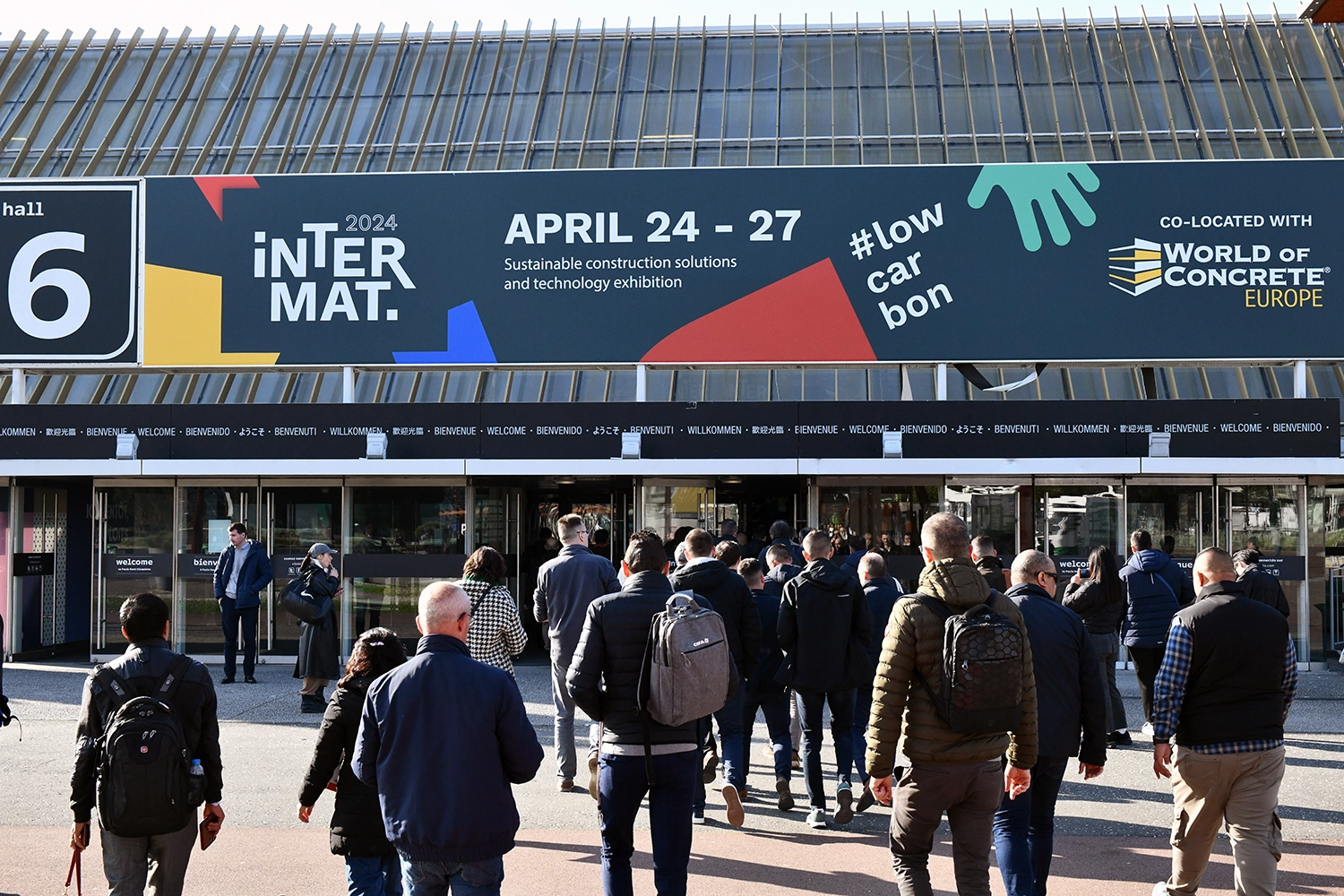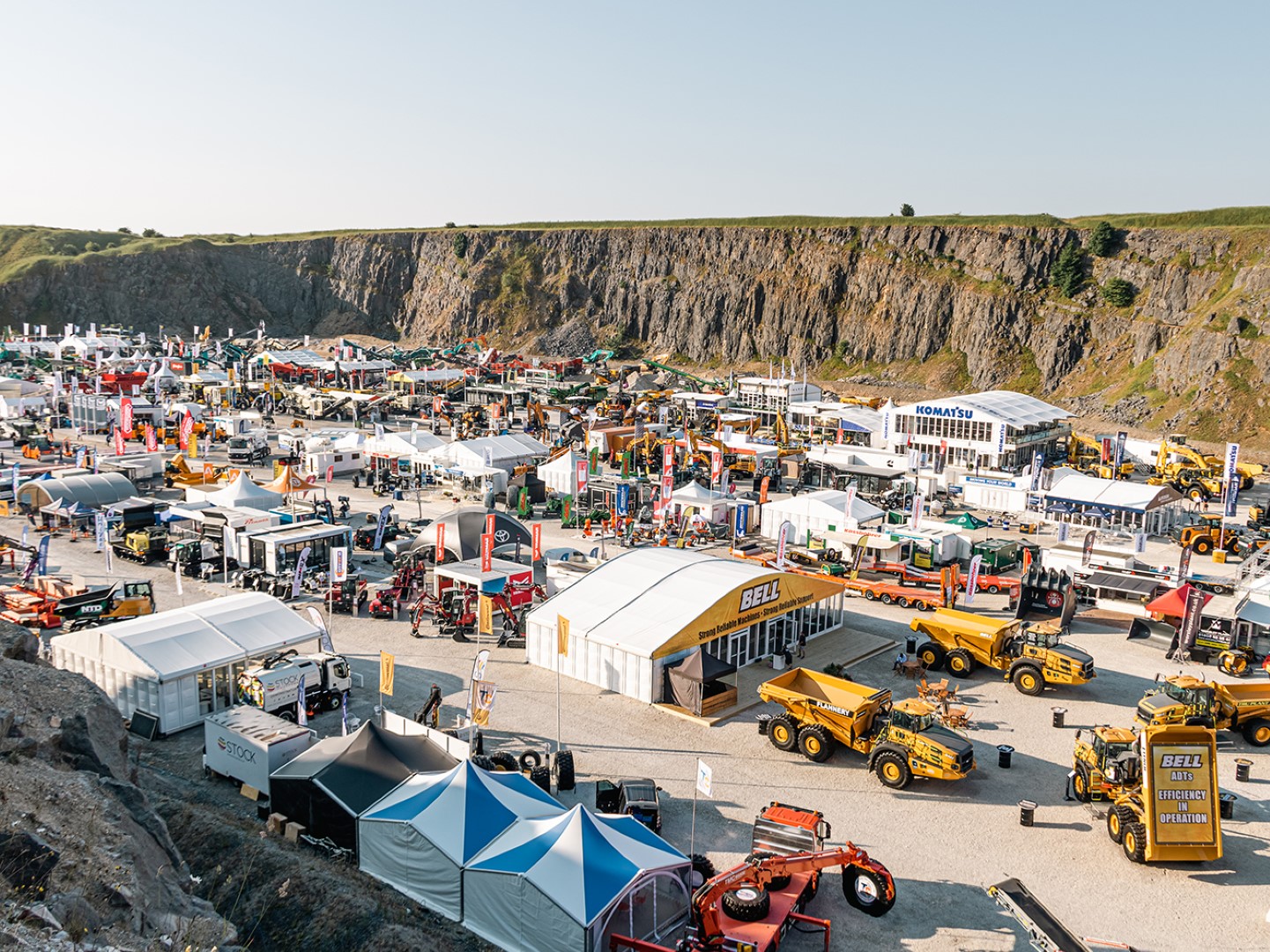GIC 2024 reinforced that for construction suppliers, prioritising and clearly communicating sustainability is becoming crucial to build and maintain a strong reputation.
In late April, my colleague Jack Porter and I had the privilege of participating in GIC, short for Giornate Italiane Del Calcestruzzo or ‘Italian Concrete Days’, held in Piacenza, Italy. The exhibition and conference is dedicated to all aspects of the concrete industry and this year attracted a record 263 exhibitors and 6,000 visitors from both Italy and abroad.
Concrete stands as one of the most ubiquitous building materials in the world – it’s virtually everywhere – which also means it has a substantial environmental footprint. Cement production alone is estimated to contribute 8% of global CO2 emissions (aviation, for comparison, accounts for around 2.5%), while the broader concrete production process consumes significant quantities of raw materials, energy, and water.
Exhibitions offer invaluable insights into industries, providing a snapshot of their current state. So, it was heartening to witness at GIC just how many players in the concrete industry acknowledge the environmental impact of this construction material and are actively taking steps to enhance its sustainability. As we walked through the show’s halls, we noticed many brands placing sustainability at the heart of their exhibition stands, showcasing important decarbonisation and circular economy initiatives.
To gain further understanding, we conducted a survey among the exhibitors to gauge the significance of sustainability to their customers and the progress they’ve made on their sustainability journeys. Interestingly, a significant portion of the exhibitors highlighted sustainability as both the construction industry’s greatest challenge and its most promising avenue for business development, through innovative, industry-leading solutions aimed at mitigating environmental impact.
Our survey revealed that 57% of GIC exhibitors considered sustainability to be their customers’ top priority, with 86% expecting it to become a greater factor in winning new business over the next five years. Many exhibitors emphasised that embracing sustainability isn’t merely the moral choice but also a strategic necessity in a highly competitive market.
This chimed perfectly with our takeaways from the Sustainability LIVE conference in London in March, where we learned that businesses, after achieving notable reductions in scope 1 and 2 emissions, are now shifting their focus toward improving the sustainability of their supply chains. It confirmed that purchasing departments will likely exert more pressure on suppliers in the coming years to prioritise sustainability, possibly even making it a contractual condition.
While our survey did uncover some scepticism regarding the feasibility of sustainability targets, and some respondents firmly believe that sustainability alone won’t reign as the primary decision-making factor, it is increasingly perceived as a significant added benefit alongside cost-effectiveness, convenience, and longevity.
Nonetheless, our experience at GIC left us with the impression that the tide has indeed turned in the concrete industry, underscoring the importance for businesses to communicate their sustainability efforts clearly, simply, and with integrity to build and maintain their reputations within the construction sector.
Interviewing exhibitors and capturing the event on camera.

By Hannah Kitchener
Associate Director
About the Author
Hannah is an associate director based in the UK, who leverages her strategic, campaign management, and written content creation expertise to support clients in the construction, energy, and materials handling sectors across Europe, the Middle East and Africa (EMEA). With a professional qualification in Journalism from the National Council of Training for Journalism in the UK, Hannah has strong interviewing and writing skills that enable her to craft compelling content for clients across multiple platforms. Her experience and knowledge of the construction, energy, and materials handling sectors, meanwhile, have helped her build a strong network of trade media contacts across the EMEA region, enabling her to secure meaningful media coverage for clients. In addition to her journalism training, Hannah’s academic qualifications have further honed her ability to communicate across cultures and languages. Having studied French and German at BA level, and with an MA in Translation, Hannah has a passion for inter-cultural communication, which is invaluable to SE10 in executing PR campaigns across multiple markets and in several languages.



